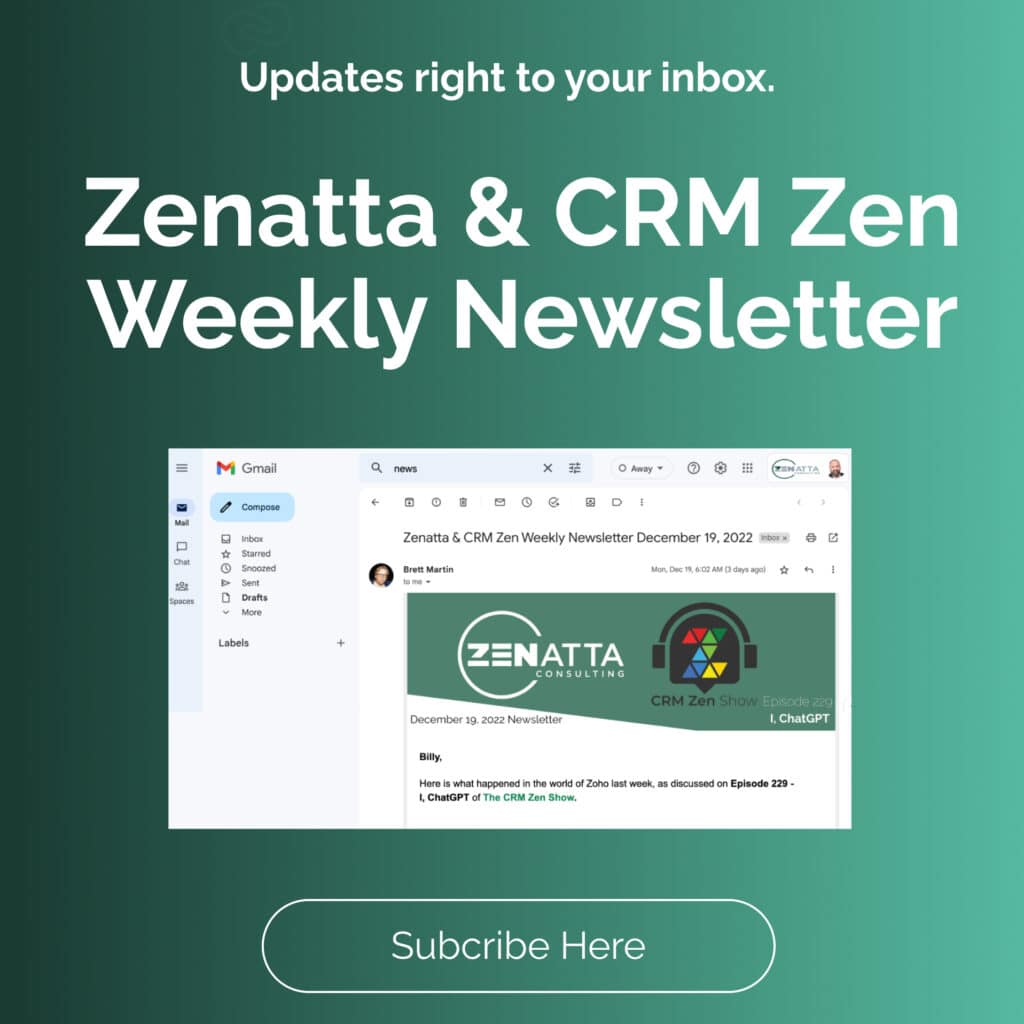An elevator pitch is a brief pre-written sales pitch, delivered verbally and in person to prospects you’re interested in working with. The name comes from its brevity: a good elevator pitch takes no longer than a trip from the penthouse to the lobby. For in-person networking, a well-written elevator pitch is mandatory. It’s the perfect tool for striking up a business conversation at a networking event, and even if you never use the exact language, the process of writing an elevator pitch will grant you greater clarity on your business model, clients, and common pain points in the industry.
An elevator pitch is nothing more than a way of thinking about your business. It retells the story of your business in a way that’s direct, dramatic, and impactful, selling the wondrous benefits for this specific prospect with memorable and engaging language. If an elevator pitch is successful, it will often mean the start of a longer conversation or relationship with a prospect.
Keep It Short
An elevator pitch should be 30 seconds long, no more. And that doesn’t mean “about” thirty seconds, but 31 seconds or fewer. Do not allow yourself to go past this time limit. In honesty, you’ll probably get a question or interjection before you finish our pitch most times, so you may not even get the full thirty seconds. Find a way to compress your message into this time. If you haven’t wowed someone by the thirty-second mark, the extra seconds won’t help.
If you need help making your pitch shorter, start from scratch and identify only the most important elements of your pitch. What’s the single most important idea or sentence in your existing pitch? if you don’t have a pitch already, what’s the core problem your business solves? That’s the heart of your pitch.

Use Questions to Engage The Listener
Questions and hypothetical situations are a great way to start off your pitch. They’re interesting and engaging, especially when compared to a snooze of a sentence of like “my business focuses on simplifying…” or similar. But a carefully chosen question can instantly tell the listener the core of your message. Use your question to address a prospect’s pain points. The next step is describing how you’ll relieve those pains.
Your question should describe the situation that your business solves. For example, if you worked for a corporation that sold workplace productivity software, you might start with a question like, “Do you know exactly which of your employees is the most productive?” This gets to the heart of the matter immediately. It shows you to be a shrewd observer and addresses the prospect’s needs. Choose your question carefully, and phrase it in a way that rings true to the prospect, or resonates with the workflow used by their company. A little research in advance is essential to find the best approach.
If you’re smart, you might write multiple questions, one for each “type” you market to. For example, you might have a question for managers, a question for project leads, a question for CTOs, and a question for CEOs, all of which are completely different.
Answer The Prospect’s Unspoken Questions
Consider our question about the most productive employee from the last section. Put yourself in the shoes of the listener and try to imagine how you might respond to that question. First, the prospect will try to come up with an answer, even if it’s just for themselves. And in most cases, the answer will be “No.” Then the prospect is thinking about that question: do I want to know that? How would I get that if I did want it? What information would I track? Your following sentences should answer those tacit questions.
Imagine some questions the prospect might have after hearing the introductory line. If the introductory line does not prompt any obvious questions, keep tweaking it until you can come up with some. If the line can’t generate any questions in your mind, it’s likely, not interesting. Make a list of those questions with their answers. Then, answer the most important questions as efficiently as possible. If you’ve presented the prospect with a pain point question, be sure to quickly explain why your product takes that pain away.
Finish With a Big Benefit
Whether it’s a technical KPI like completed parts per hour, a human productivity metric like sales or calls, or a direct personal win, every product provides a benefit. What superpower does your product provide? How will the client’s wishes come true thanks to what you’re selling?
End your pitch on that superpower. You want the final thought to be positive, triumphant, and impressive. You could use a customer story to illustrate the benefits. If your customer stories aren’t there yet, you can instead create a hypothetical narrative where your product can play the hero, sweeping into town to improve their KPIs, whiten their teeth, and drive back the clouds themselves. Not that you need to oversell it. But a little drama isn’t inappropriate.
Focus on Value for This Particular Prospect
Think only about the prospect that’s right in front of you. What should you do to appeal to them? What can your product do for this prospect in particular that will make their unique job and life a little easier? You might not be able to answer that question for everyone you’ll meet, but you should be able to make a guess based on their job title or their role. If you have truly idea about this prospect’s individual needs, then why are you pitching them at all?
Identify all the ways your product will make the prospect’s job or life easier. What new abilities will they gain? What benefits will they enjoy? More time, greater productivity, better sales, higher customer satisfaction? Whatever benefit your product provides, let them know all about it.


